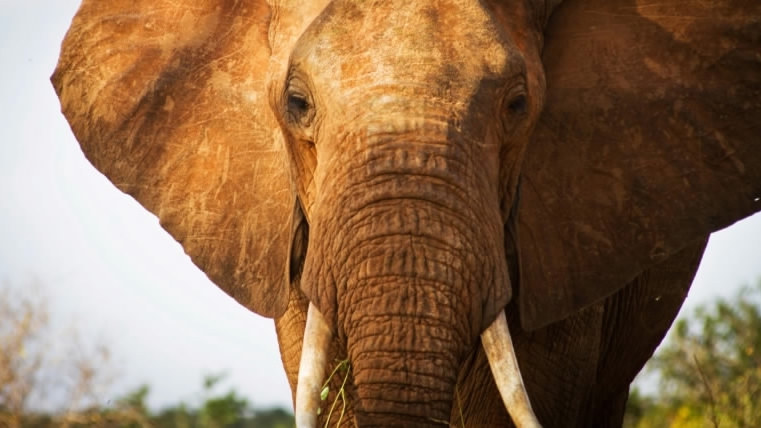
Animal
08:53, 22-Sep-2017
Tanzania conducts aerial census of elephants in Selous-Mikumi
By CGTN Africa

Tanzanian wildlife authorities are conducting an aerial census aimed at finding out how elephant numbers are faring in one of the areas worst-hit by poaching.
The survey from the skies will count the large mammals in the Selous-Mikumi ecosystems, while also noting signs of illegal activity.
Previous surveys showed the drastic decline in elephant populations due to ivory poaching.
“The count targets large mammals and signs of illegal human activities in the area of the Selous Game Reserve, the Mikumi National Park, the Selous-Niassa corridor and the buffer zones,” said a joint statement released by the Tanzania Wildlife Research Institute (TAWIRI), the Tanzania Wildlife Management Authority (TAWA), Tanzania National Parks, the Embassy of the Federal Republic of Germany in Dar es Salaam, the German KfW Development Bank, and Frankfurt Zoological Society (FZS).

Elephants in Selous-Mikumi /CGTN Photo
Elephants in Selous-Mikumi /CGTN Photo
“We hope the 2017 Selous-Mikumi large mammal census will give clarity about the development of the elephant population in Selous,” project manager of the FZS Kathryn Doody said on Wednesday.
Tanzania is one of the countries with highest elephant numbers, boasting of around 110,000 jumbos, according to wildlife authorities.
The government in early September noted that its conservation and protection efforts had paid off, and was the main reason for the increase in elephant numbers.
“There was a time when the number of jumbos went down to 10,000 due to illegal poaching, but we have fought to bring their population to 110,000. Tanzanians must appreciate what the government is doing to protect the elephants,” Natural Resources and Tourism Minister Jumanne Magambe said.
The government of Tanzania will report the wildlife census data to the UNESCO World Heritage Committee through its “State of Conservation report” in February 2018, according to the statement.

SITEMAP
Copyright © 2018 CGTN. Beijing ICP prepared NO.16065310-3
Copyright © 2018 CGTN. Beijing ICP prepared NO.16065310-3